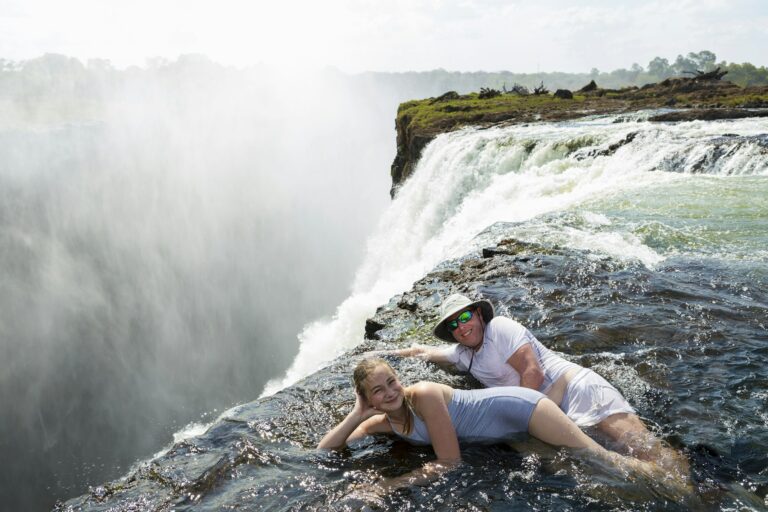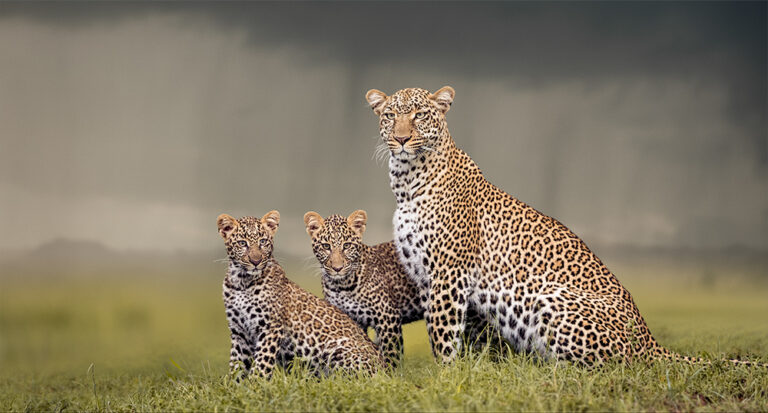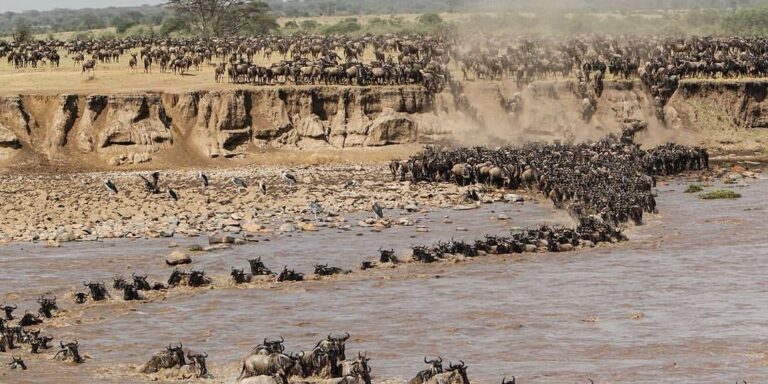East Africa offers some of the most iconic safari destinations in the world, with diverse wildlife, stunning landscapes, and unique cultural experiences. Knowing the best time to visit is key to making the most of your safari adventure. From the dramatic Great Migration in Tanzania and Kenya to gorilla trekking in Uganda and Rwanda, every season offers something extraordinary. Here’s what you need to know about timing your trip for the best safari and adventure experiences in East Africa.
1. Dry Season (June to October) – Ideal for Classic Safari
- Best For: Game viewing, Great Migration, and clear skies
- Destinations: Tanzania (Serengeti, Ngorongoro Crater), Kenya (Maasai Mara), Rwanda, Uganda
The dry season, spanning from June to October, is widely regarded as the prime time for safaris in East Africa. With limited water sources, animals gather around rivers and watering holes, making them easier to spot. This period also coincides with the famous Great Migration, where millions of wildebeest and zebras cross the Serengeti and Maasai Mara in search of greener pastures, often risking treacherous river crossings filled with crocodiles.
- Highlights:
- Tanzania & Kenya: Witness the thrilling Mara River crossings during the Great Migration, typically peaking from July to September.
- Rwanda & Uganda: Perfect for gorilla trekking, as drier trails make the hikes more manageable, and the chance of rain is lower.
2. Short Rain Season (November to December) – Beautiful Green Season
- Best For: Fewer crowds, fresh landscapes, and affordable rates
- Destinations: Tanzania, Kenya, Uganda, Rwanda
November brings short rains to East Africa, transforming the savannas into lush, green landscapes. The rain is typically light and falls in short bursts, so it rarely disrupts travel plans. This period is known as the “Green Season” and offers lower rates, fewer tourists, and stunning landscapes that are perfect for photography.
- Highlights:
- Tanzania & Kenya: The short rains rejuvenate the landscape, attracting migratory birds and making for scenic, crowd-free game drives.
- Rwanda & Uganda: Gorilla trekking remains possible, and the forests are particularly vibrant with the return of rain.
3. Calving Season (January to March) – Birth of New Life
- Best For: Wildlife sightings, calving season, and predator-prey interactions
- Destinations: Tanzania (Southern Serengeti), Kenya, Uganda, Rwanda
From January to March, the southern plains of Tanzania’s Serengeti host the annual calving season, when wildebeest give birth to thousands of calves. This time is a paradise for those interested in observing predator-prey dynamics, as big cats like lions and cheetahs take advantage of the influx of young and vulnerable animals.
- Highlights:
- Tanzania: The Serengeti plains are bustling with life, as wildebeest, zebras, and gazelles gather to give birth. This attracts predators, making for exciting game viewing and unforgettable scenes.
- Rwanda & Uganda: The relatively dry weather is still favorable for gorilla and chimpanzee trekking, offering a quieter alternative to the peak season.
4. Long Rain Season (April to May) – Lush and Quiet
- Best For: Birdwatching, low rates, and peaceful experiences
- Destinations: Tanzania, Kenya, Rwanda, Uganda
April and May bring the long rains to East Africa, marking the quietest and greenest season of the year. While some roads may be challenging due to the rains, the landscapes are lush and alive, making this an excellent time for birdwatching and peaceful safari experiences.
- Highlights:
- Tanzania & Kenya: The landscape is incredibly green and vibrant, with a plethora of migratory birds arriving, making this an ideal season for avid birdwatchers.
- Rwanda & Uganda: Rainy conditions make forest trekking a bit more challenging, but if you’re up for the adventure, the scenery is incredibly beautiful and rewards patient travelers with unique wildlife encounters.
Special Highlights for Each Country
- Tanzania & Kenya: The dry season (June to October) offers spectacular views of the Great Migration and exceptional game viewing in national parks and conservancies. However, the calving season from January to March provides unique wildlife sightings for those interested in witnessing new life and predator interactions.
- Rwanda & Uganda: For gorilla trekking, June to September and December to February are optimal for better trail conditions and mild weather. The shoulder seasons (March and November) offer quieter trails and opportunities to see lush rainforest landscapes.
Choosing the Right Time Based on Your Interests
- Big Five and General Wildlife Viewing: June to October
- Great Migration: July to September (river crossings) and January to March (calving season)
- Gorilla Trekking: June to September and December to February
- Birdwatching: April to May (migration season)
With Cats of Africa Safaris, you can tailor your adventure to suit your interests and schedule, ensuring you experience East Africa at its best. Whether it’s the pulse-pounding Great Migration, intimate encounters with mountain gorillas, or witnessing the calving season on the Serengeti plains, East Africa’s wonders are waiting. Plan your safari adventure with us, and let the magic of East Africa unfold before you in unforgettable ways.



